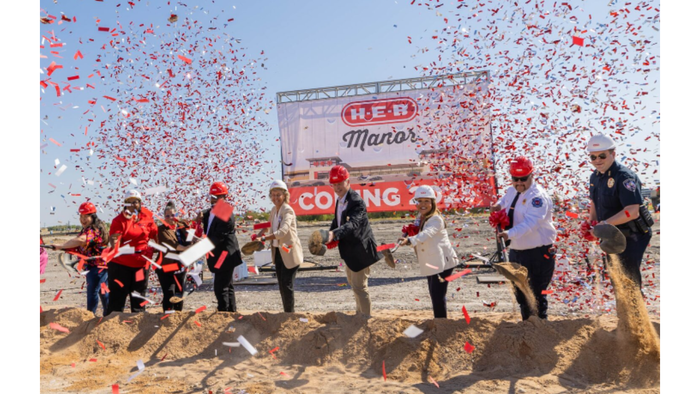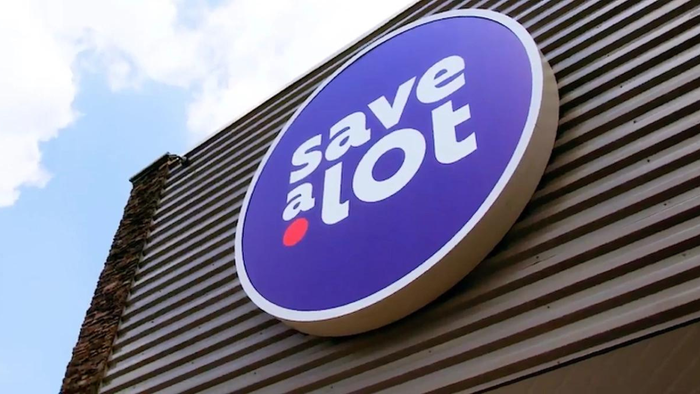Tech assessment
January 1, 2018
It has been an interesting year in retail technology as budgets begin to loosen up and grocers eye customer- pleasing applications. By Deena M. Amato-McCoy As retailers start to spend a little more on capital investments and the economy slowly rebounds, technology enhancements are getting renewed consideration. As a result, grocers are using solutions to reconnect with shoppers in hopes of growing margins and sales. While the economy is picking up, shoppers remain price sensitive and the frugal mindset “edges out brand loyalty and past shopping preferences,” says Brendan Lowe, vice president of Atlanta-based Aldata Solution. “These days, shoppers are more open to private label promotions and other special offers vs. staying with their traditional brand or store,” he says, noting that technology has to keep pace with shoppers’ buying habits. To connect with this elusive, cost-conscious consumer, retailers must be able to respond to changes in shopping behavior and ensure that they have the best mix of products at the prices their customers expect. The good news is retailers’ purse strings are loosening a bit, and while they still remain cautious, retailers are slowly increasing capital expenditures within technology projects. |More specifically, average information technology spending across all retail segments increased to 1.3% of sales this year, from 1% in 2009, according to “The Second Annual Global Retail CIO Survey,” conducted by Elizabeth, N.J.-based Martec International and sponsored by Aldata and Armonk, N.Y.-based IBM. Among food retailers, IT spending reached 1.1% of sales, compared with 0.9% the previous year, according to the study. Meanwhile, store-level IT spending is up approximately 3.2% compared to 2009 and enterprise-wide IT spending is expected to be up 3.9%, according to the “IT and the North American Supermarket” report from IHL Group, based in Franklin, Tenn. “Last year, retailers had a very minimalist approach and only invested in IT where absolutely necessary to keep the company running,” says Taylor Smith, director of product management, scanning division, Honeywell Scanning & Mobility, based in Fort Mill, S.C. “Today, companies consider technology solutions as enablers to support renewed company growth.” Technology opportunities are plentiful, but all grocery companies seem to share the same goal in how to find that growth: by improving the customer experience. This point is so important that 67% of retail participants are using their top three in-store solutions specifically to maintain or improve the customer experience in their locations, according to “The Cross-Channel Wake-up Call: Benchmark 2010,” a report from Miami-based RSR Research. “With gross margins averaging one cent on the dollar, supermarkets struggle to maintain growth margins,” said Michael Knutsen, retail business development manage for Zebra, based in Vernon Hills, Ill. “By adding a means to connect with the consumer as she walks into the store, visits store aisles and even after she leaves, retailers are in a better position to improve the experience.” With so much competition from both traditional supermarkets and other retailers due to channel blurring, many grocers struggle to provide a unique customer experience that will differentiate them in the marketplace. One of the easiest ways to attract new shoppers and retain current ones is through loyalty programs. Now is the time “to actually ‘capture’ and hone in on that data and learn how to connect with shoppers to grow sales,” says John Saccomanno, director, industry marketing, for Atlanta-based NCR Corp. “The ideal concept is to recognize when a shopper enters the store, shops the aisles, checks out, even plans her next trip while at home, and offer her and her alone personalized service. It is this personal shopping experience that will differentiate chains.” Experts say the key to personalization is tapping into the customer specific information garnered during each shopping trip or online navigation session. That’s why chains are interested in systems that will help them engage with and retain shoppers, including “customer relationship solutions that analyze shopping patters and aid in the creation of promotions and campaigns that can respond to specific consumer shopping behaviors,” explains Bill Campbell, senior vice president of sales, grocery segment, for Plano, Texas-based Retalix. Chains are augmenting CRM with master data management systems that compile these details into a unified view of their customers, then distributes this data across enterprise solutions such as analytics and data warehousing solutions and customer-facing applications. “Retailers that want to thrive and create brand loyalty need to engage with their customers, and increase overall customer satisfaction,” says Aldata’s Lowe. New spin on loyalty Customer-facing technologies are putting a new spin on loyalty, from both retention and sales generation points of view. Among the top contenders are: Kiosks. Experts say the new multi-functional units enable retailers to efficiently deliver consistent marketing messages to stay connected with shoppers throughout various locations in the store. By integrating solutions with loyalty software, retailers are conditioning shoppers to visit units and take advantage of timely promotions and discounts based on their shopping behavior. For example, deli ordering units allow shoppers to place deli orders based on their needs or past purchases. The units can also provide specialized service in peripheral departments. Smart phones. By the end of end 2010, 1.2 billion people will carry handsets capable of supporting rich, mobile commerce applications, according to Gartner, a Stamford, Conn.-based IT research firm. As a result, experts say now is the time to woo the connected consumer with options such as mobile couponing. “Chains spend millions of dollars on print campaigns and coupons that are not targeted and redemption cannot be measured,” explains NCR’s Saccomanno. “By leveraging consumer data from loyalty programs and creating relevant campaigns, retailers can utilize mobile platforms to focus marketing dollars on messages that can go directly to the right consumer.” Chains that are jumping into mobile retailing are investing portions of IT budgets around new mobile platforms that will support marketing and other mobile initiatives. On the mobile software side, chains need to focus on enterprise integration, and in some cases, customized software. Multi-channel integration. Other chains hope to get a bigger bang for their IT bucks by integrating mobile retailing into their existing cross-channel platform. All customer interactions conducted within the mobile retailing channel must be seamlessly integrated across a grocer’s existing retailing channels, from brick-and-mortar stores to e-commerce, to ensure that there is one common view of the shopper and the overall retailing experience. When there is a plan for increased spending, especially in the area of technology, all eyes stay focused on the bottom line and potential returns on investment. Some companies believe that measuring customer retention is easy, “as most retailers watch their weekly customer counts and same-store sales week to week,” says Retalix’s Campbell. “You can walk into any retailers’ store and gauge the mood of the shopping experience and if that location keeps them coming back for more.” Measuring results However, when the discussion centers around a specific customer experience however, it is hard to get hard metrics to measure an ROI. The good news is these new solutions provide the exact metrics needed to measure results. “Once you analyze shoppers using kiosks, or redeeming mobile coupons or other electronic marketing materials, retailers can determine the average spend of shoppers per visit and the percentage of growth in market baskets and across store categories,” says Knutsen. Looking ahead, these solutions are on an evolutionary journey, and success is all about establishing goals. Whether they are in search of convenience, excitement or superior service, “shoppers are always interested in using solutions that can bring the shopping experience to a new level,” says Saccomanno. “The only way to determine which solutions will be winners is to get a strong understanding of what each technology can bring to the game and what areas of the business it will improve.”
About the Author
You May Also Like




